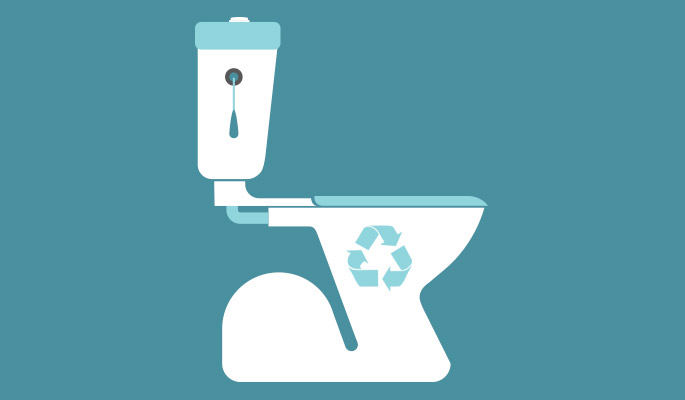
Without a doubt, the flush toilet has been a boon to humankind. The ability to remove bodily waste from where people live to treatment plants has improved sanitation and public health immeasurably.
Unfortunately 2.3 billion people have no access to clean, flush toilets, according to Gizmag. Even a program to install such facilities runs into the fact that 650 million people have no access to safe drinking water. The current system of flush toilets and waste treatment is very water-intensive.
The Nano Membrane Toilet may be the recycling innovation that could answer the need for clean facilities in the developing world. The beauty of the toilet is that it not only doesn’t use water, but creates it as well as electricity.
The way the Nano Membrane Toilet works is that the moment the user finishes his or her business and closes the lid, the waste is rotated into a sedimentation chamber to block waste. The waste is passed through a nanotech membrane to separate water vapor, which then goes into another chamber, where it is condensed. The extracted water is suitable for household washing and for irrigation.
The remaining solid waste is sent to yet another chamber where it is incinerated to create energy and ash. The energy can run the toilet, with enough left over to charge electronic devices such as smart phones and tablets. The ash is suitable as fertilizer for farms and gardens.
The Nanotech Membrane Toilet is the creation of a team at Cranfield University in the UK. It was partly funded by the Bill & Melinda Gates Foundation’s Reinvent the Toilet Challenge, and has won the CleanEquity Monaco 2015 award. Current plans are to test the toilet in Ghana in 2016.














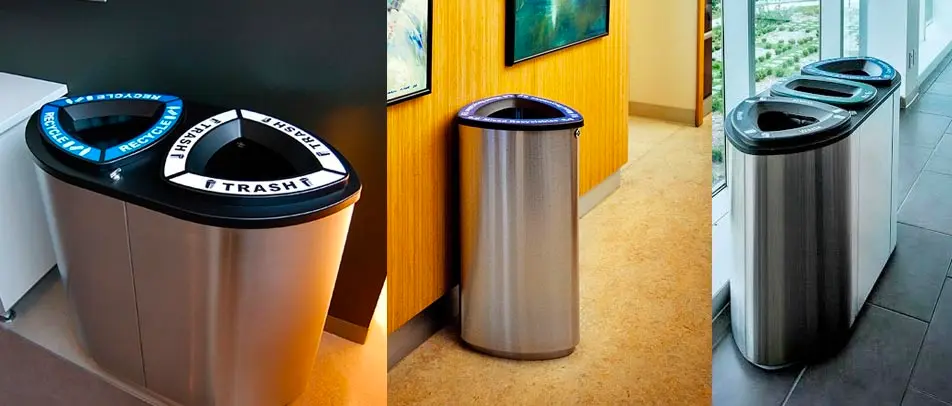
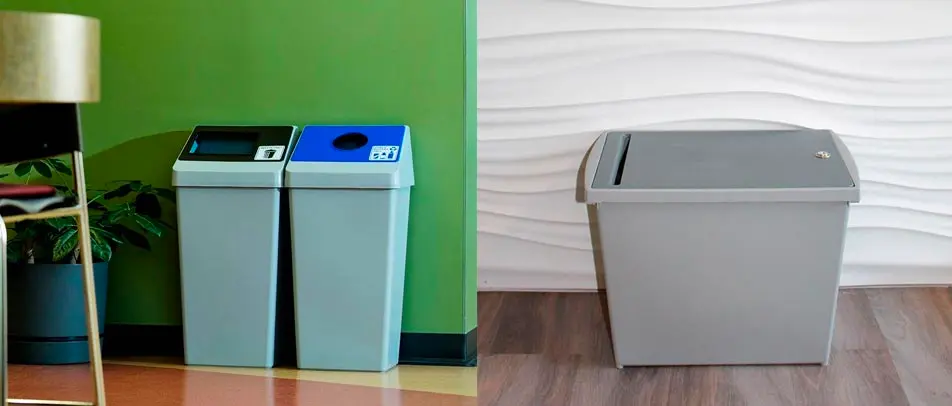


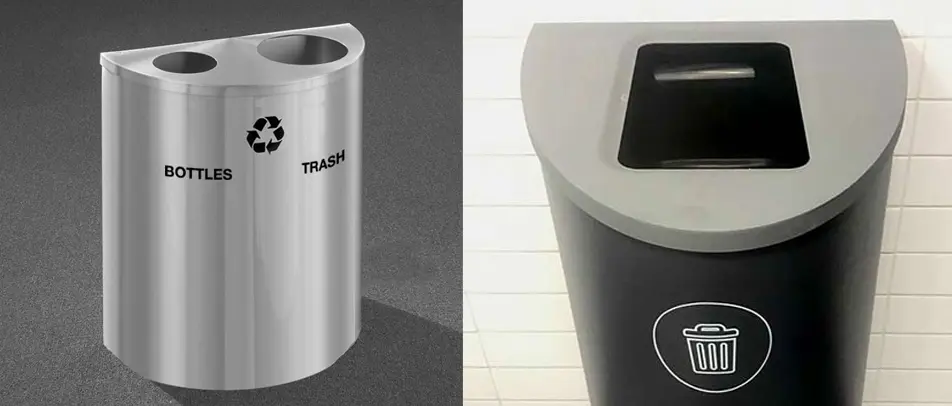


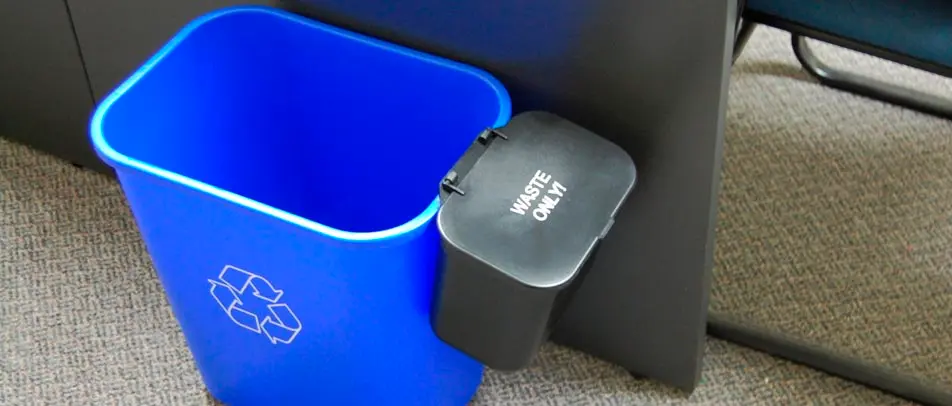
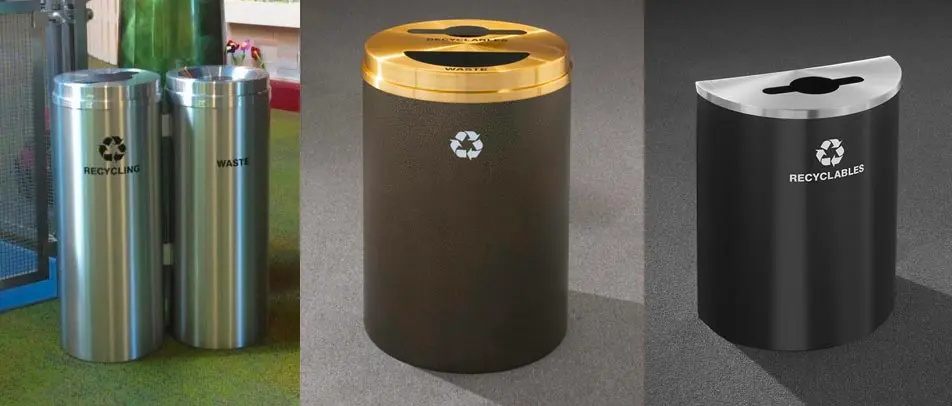
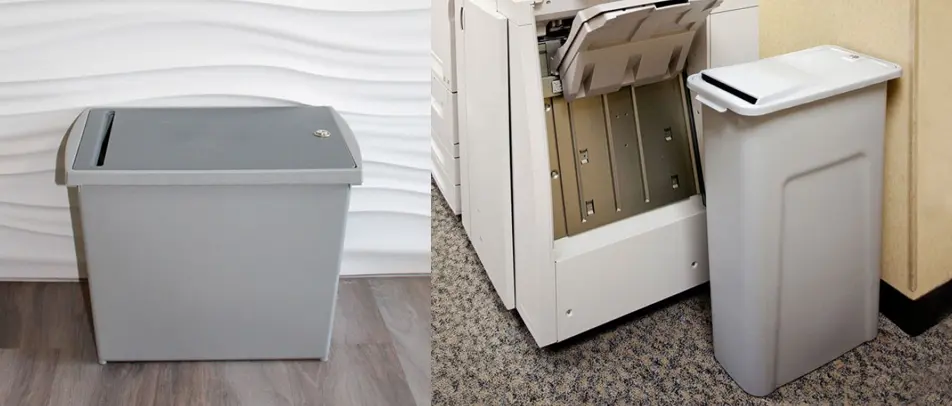

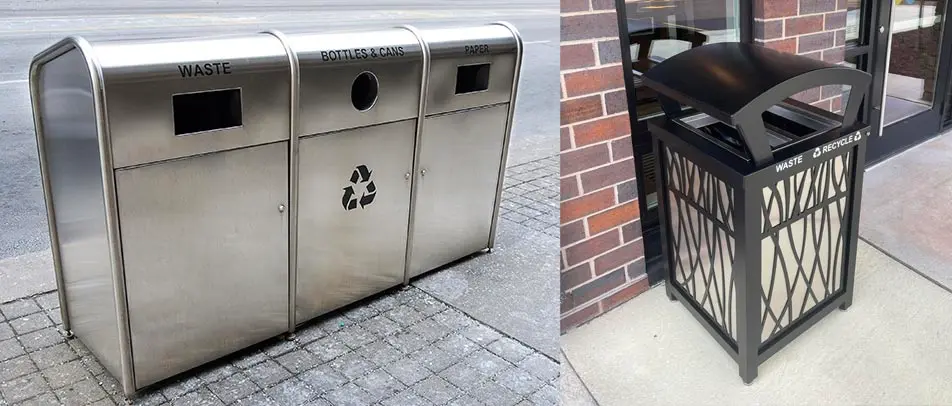



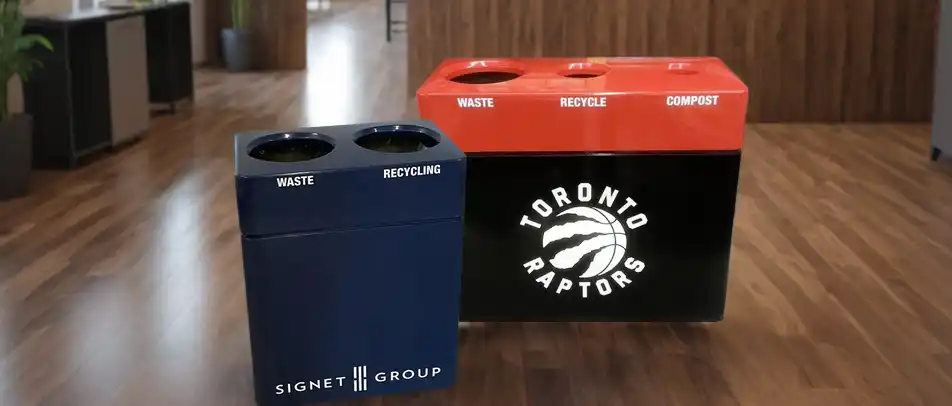



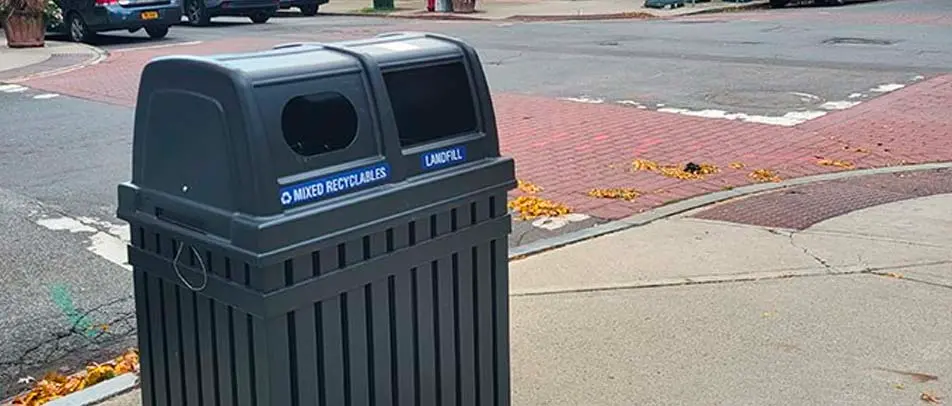
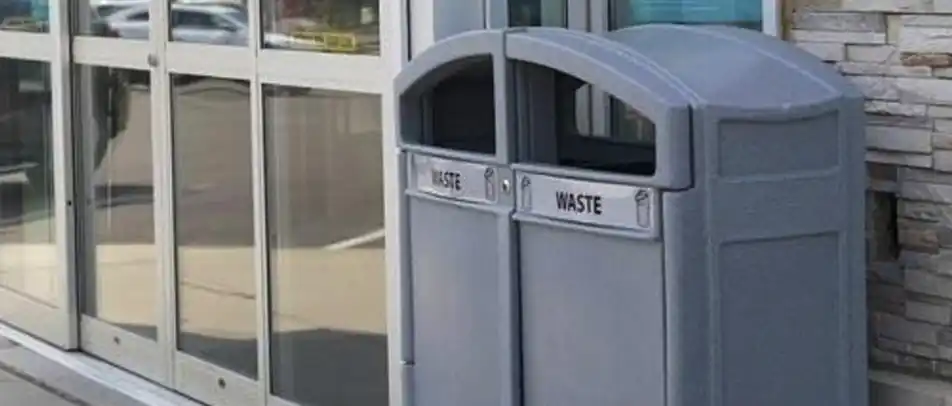
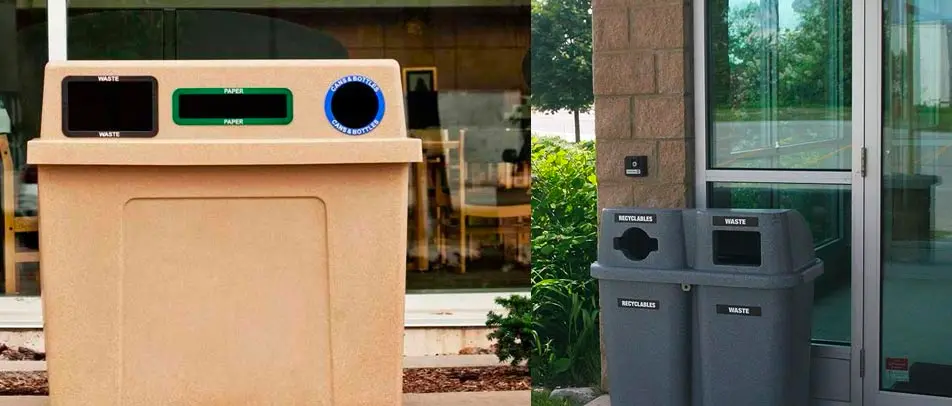
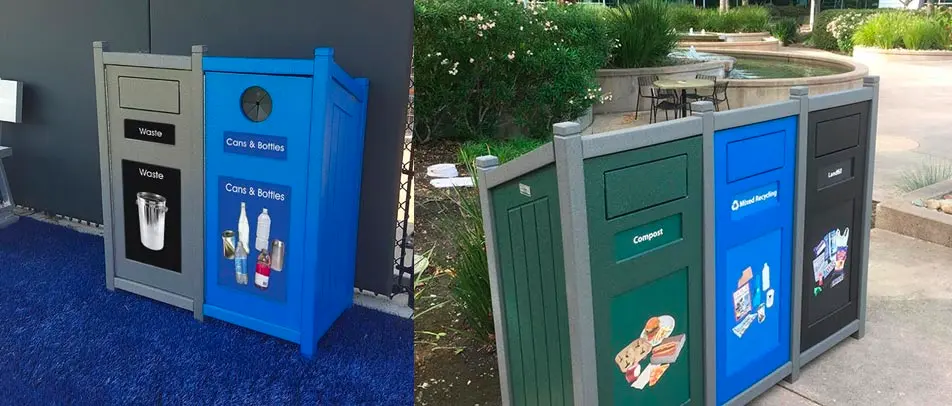
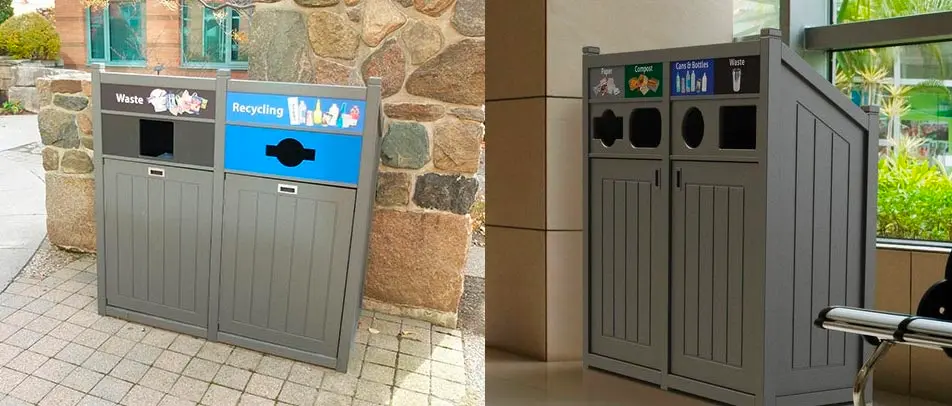



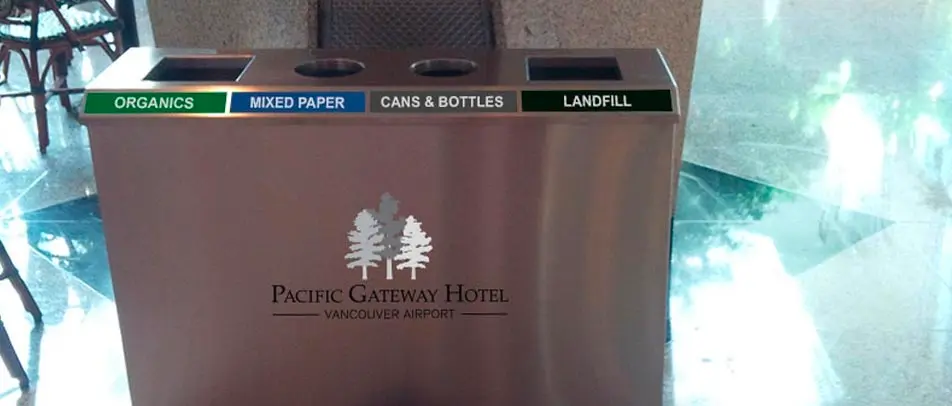

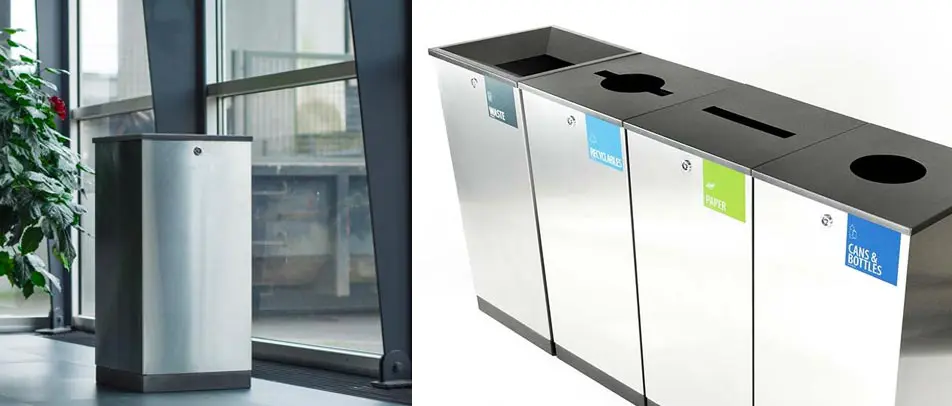
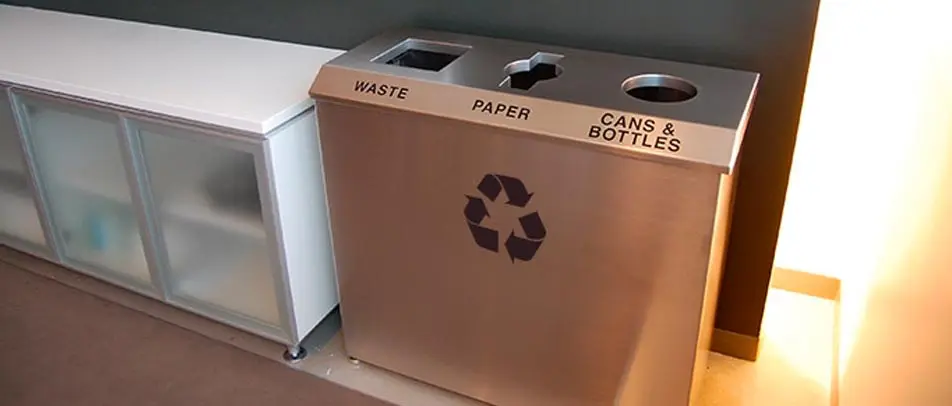
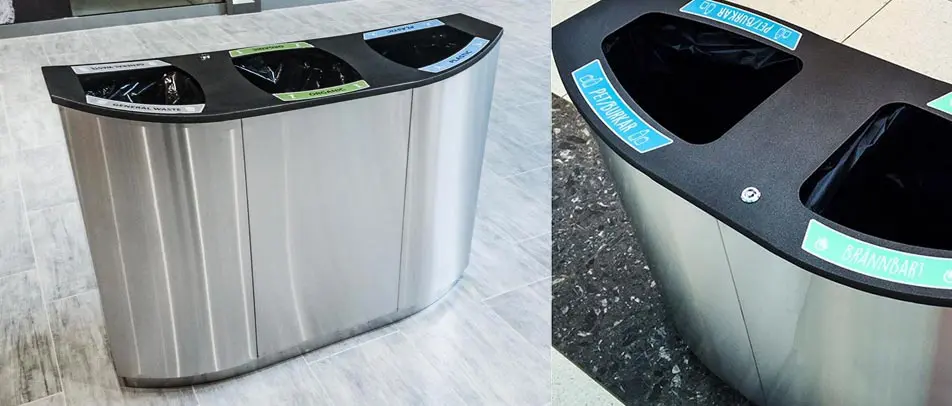

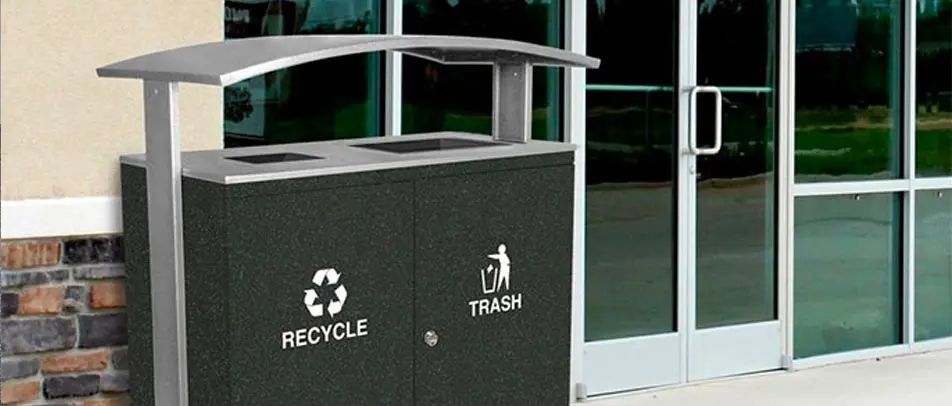
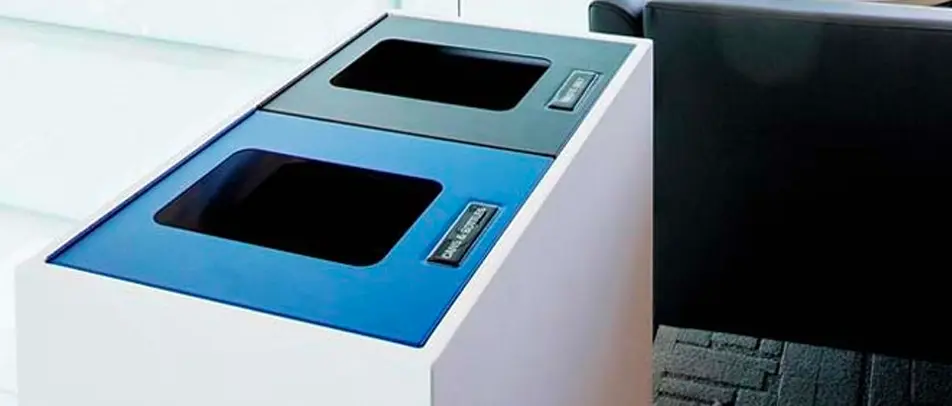
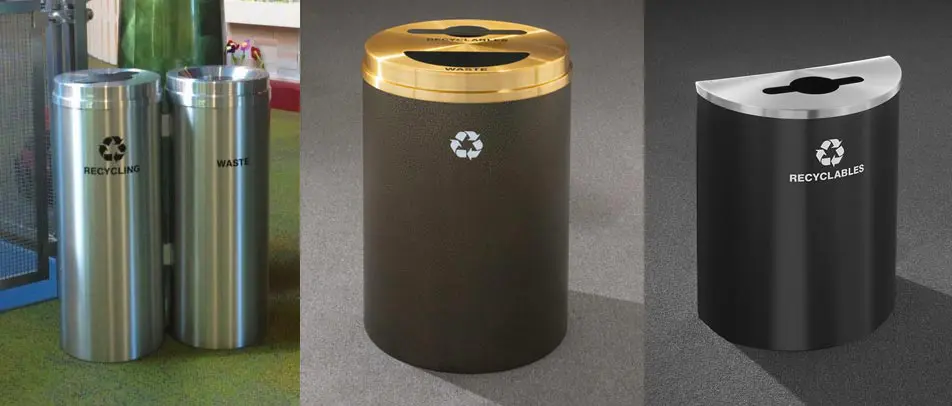

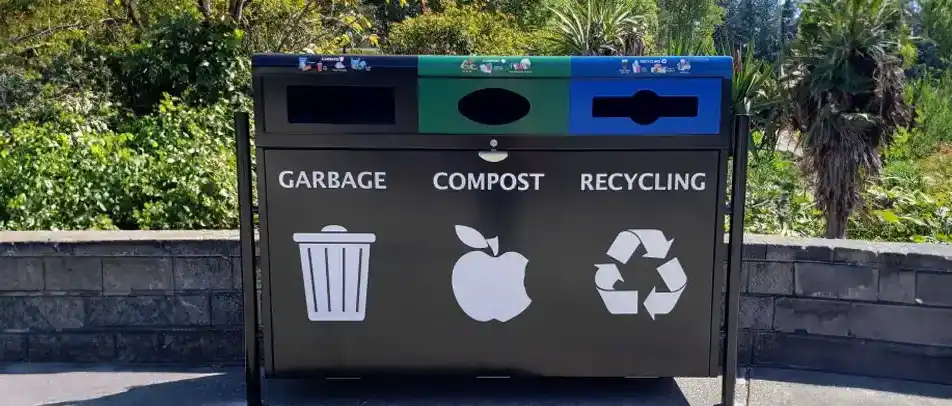
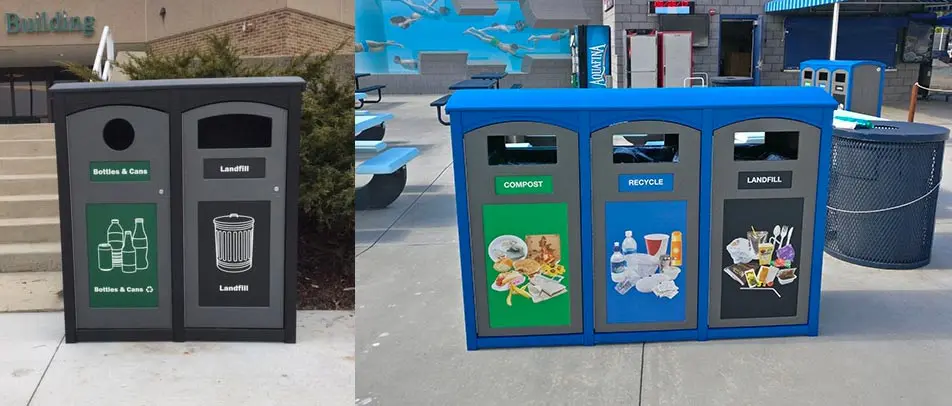
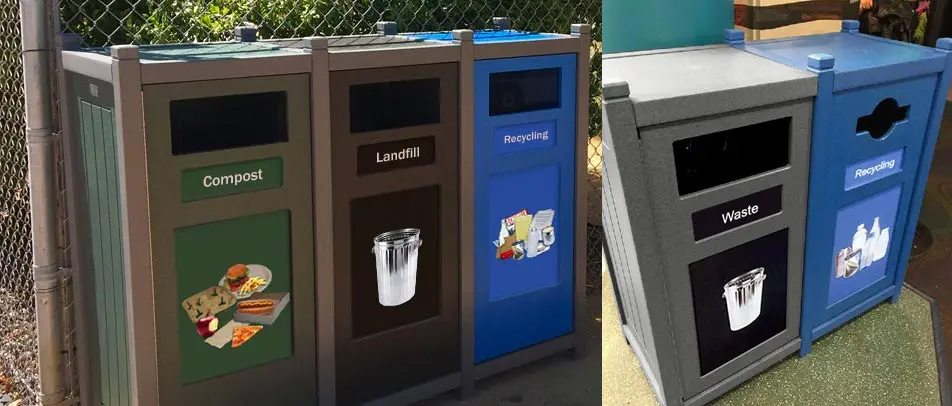


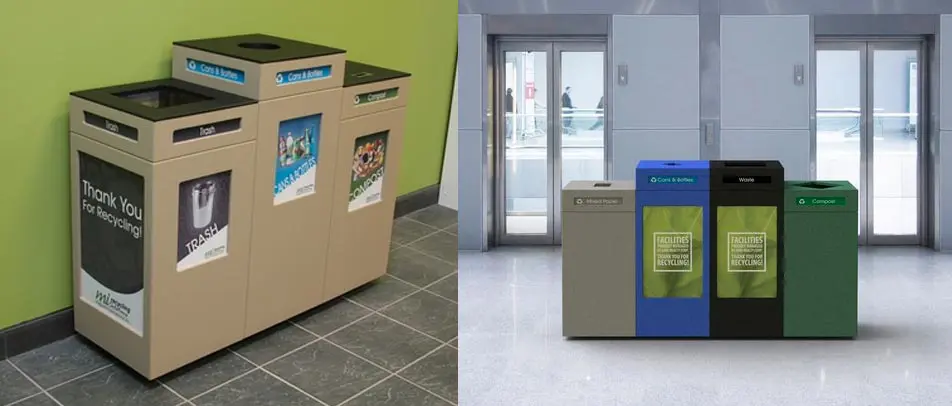
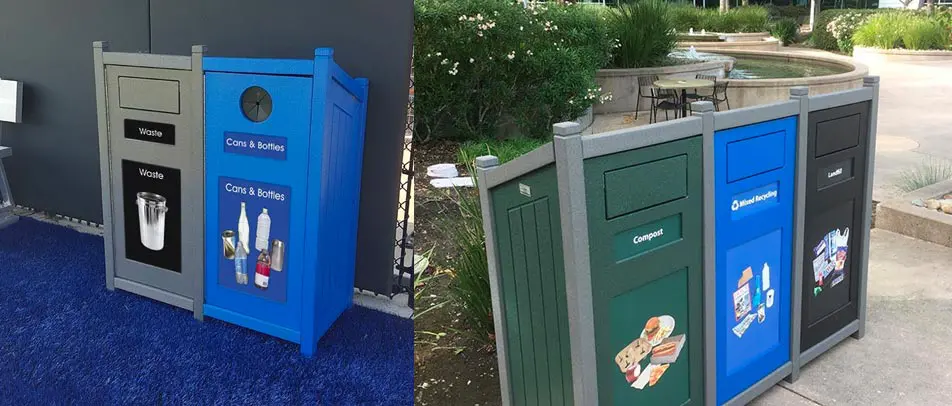
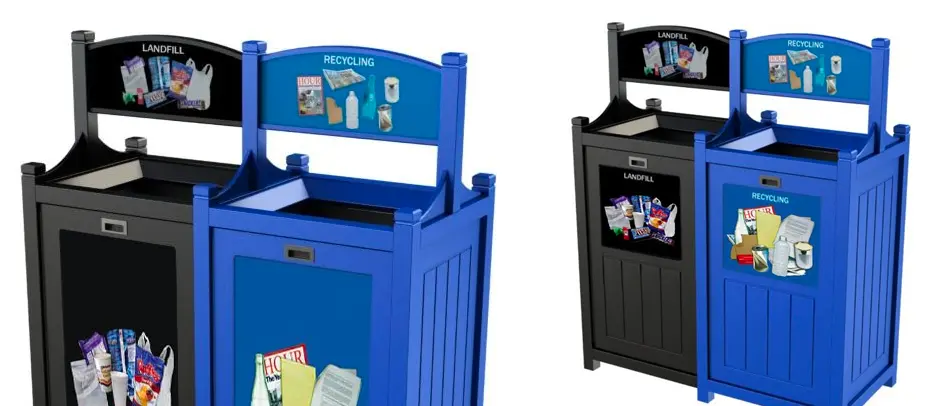


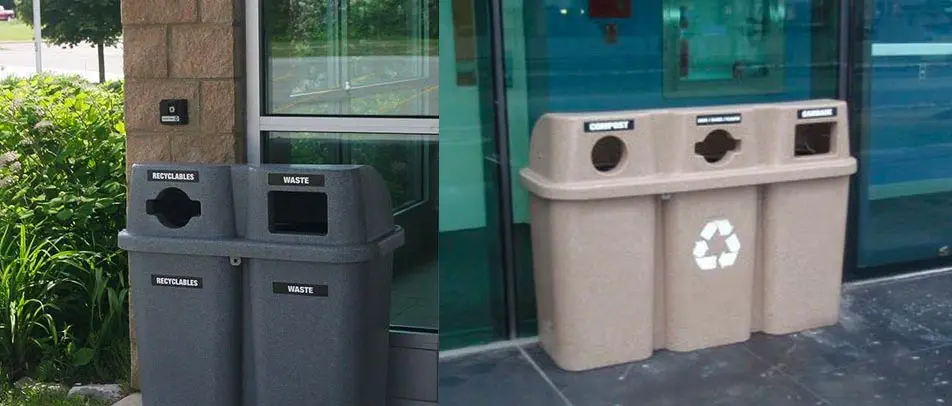
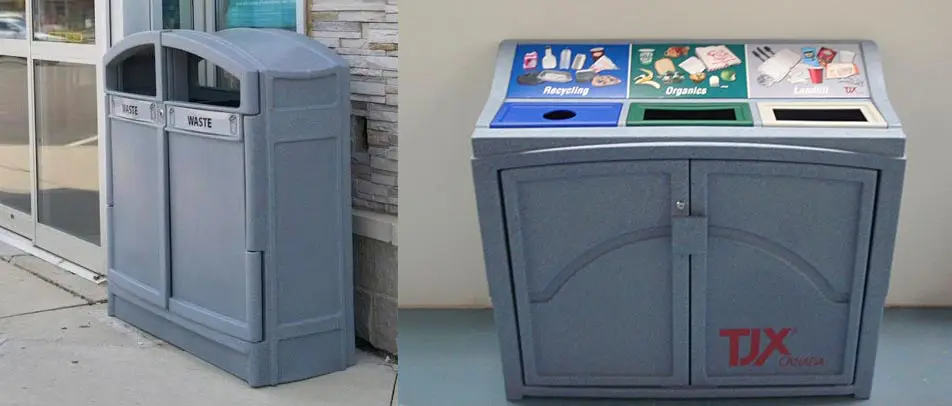
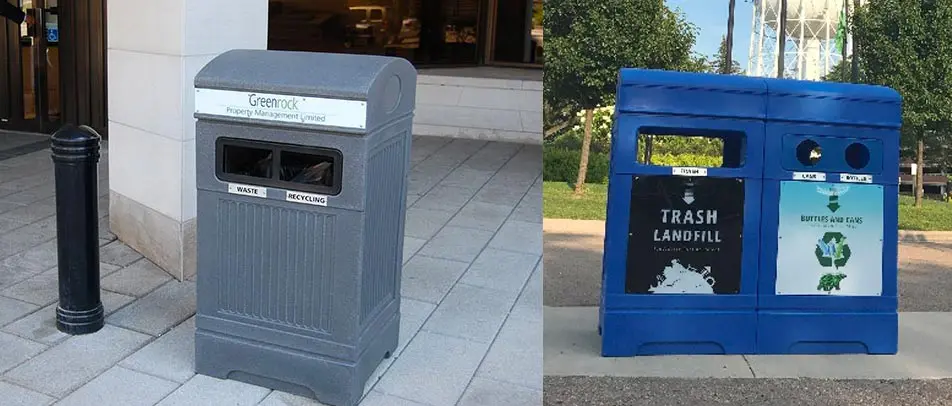
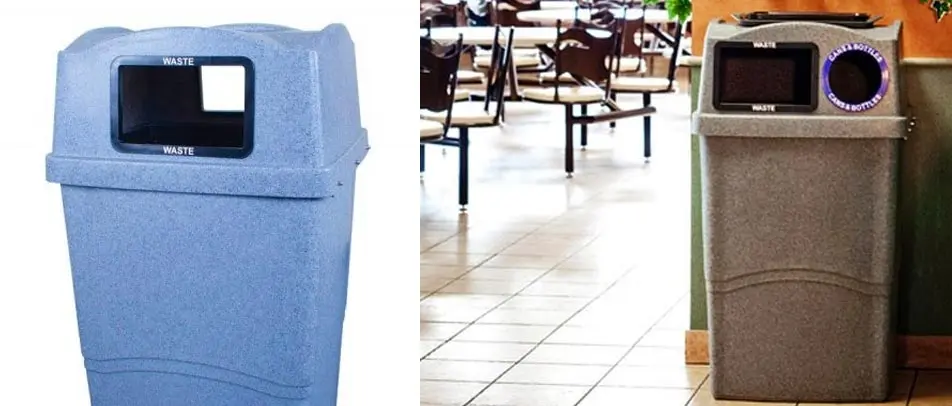
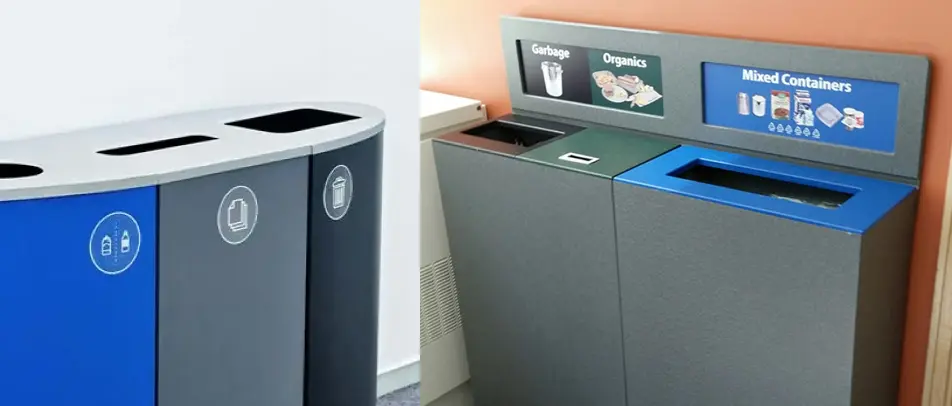
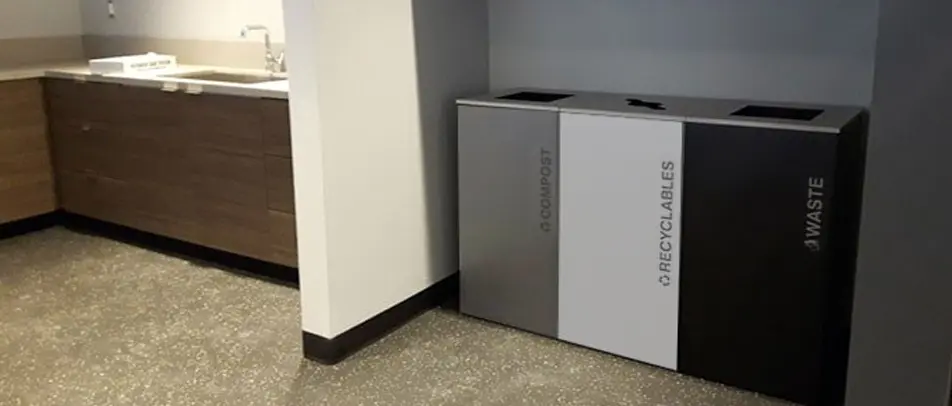
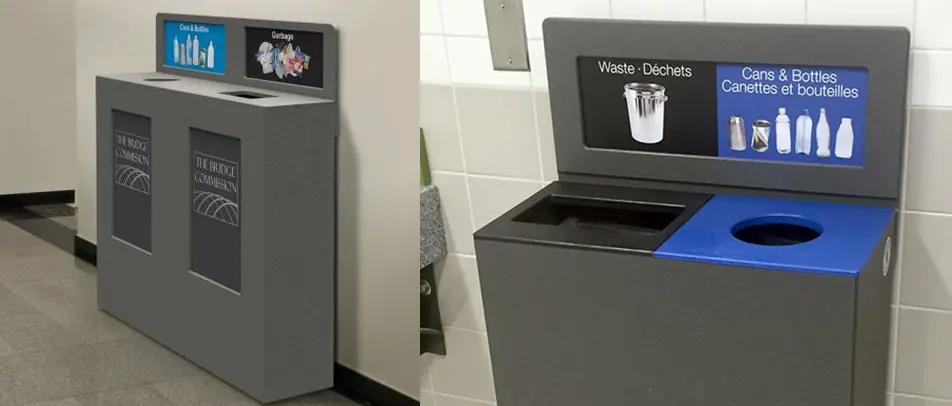
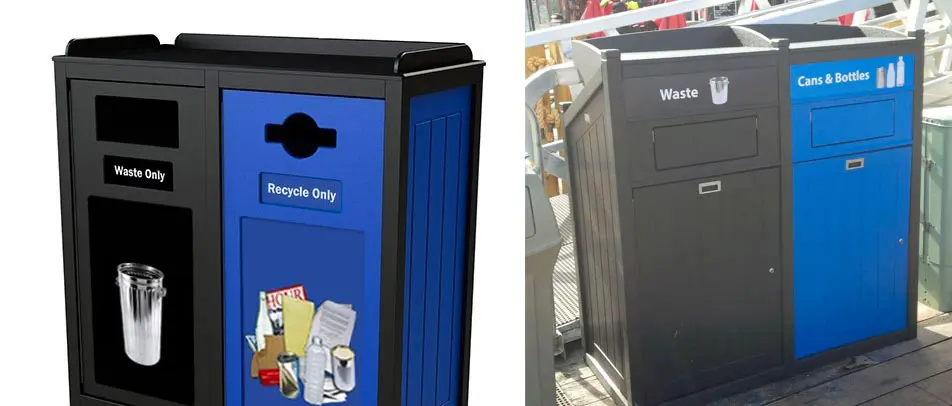
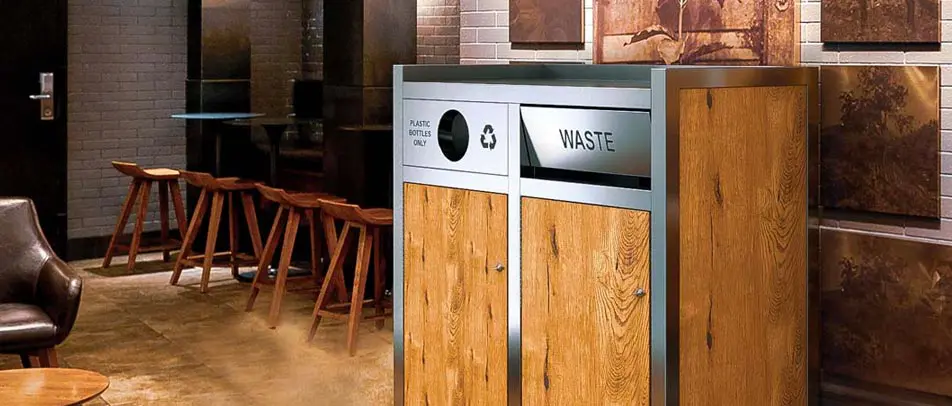





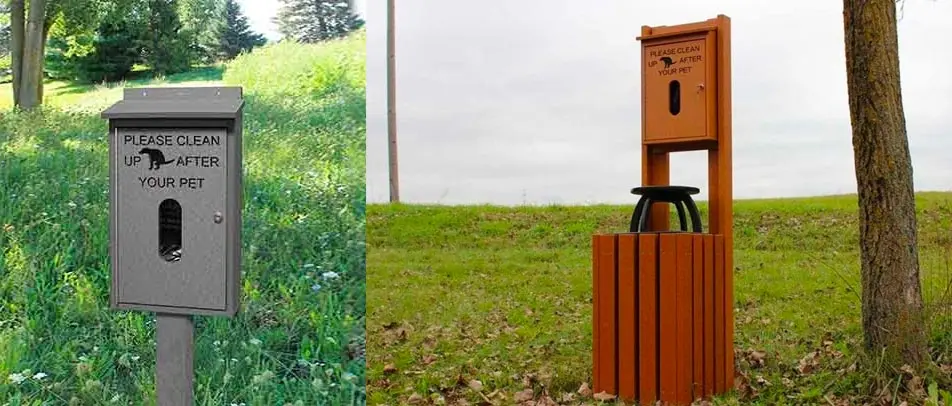




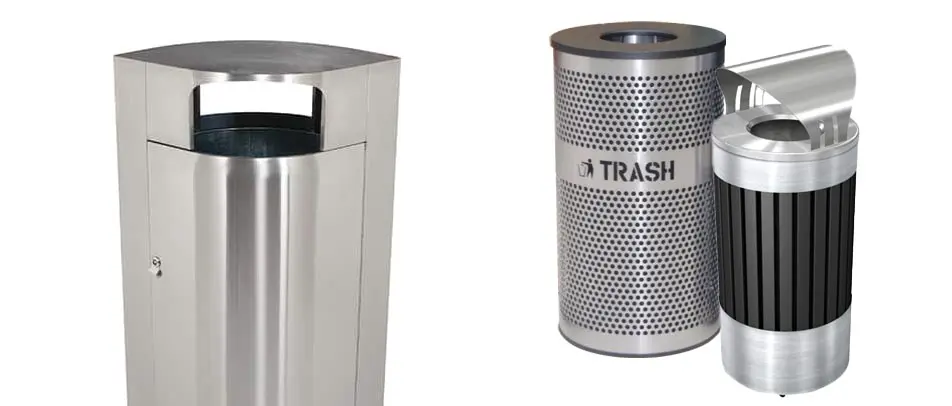

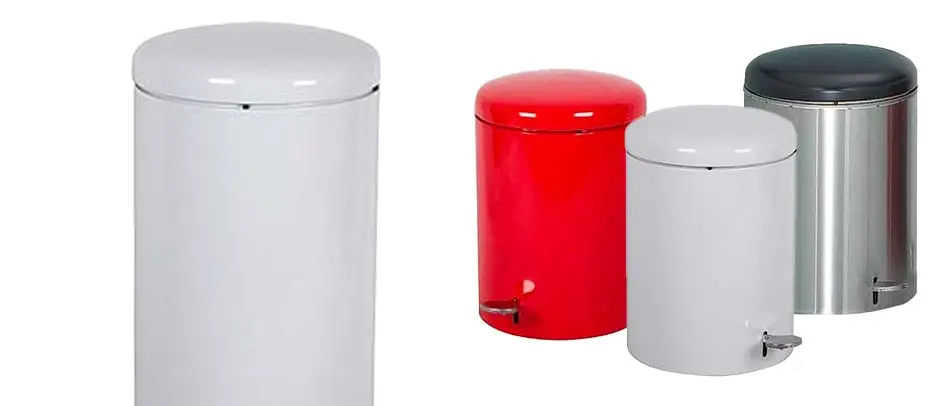





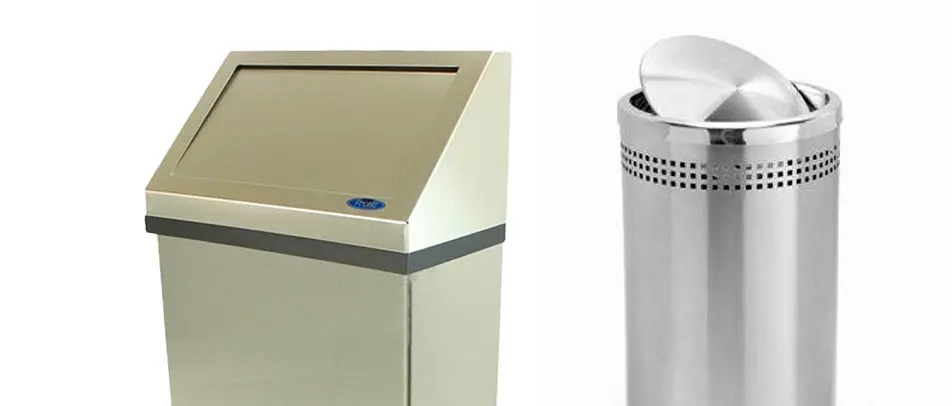







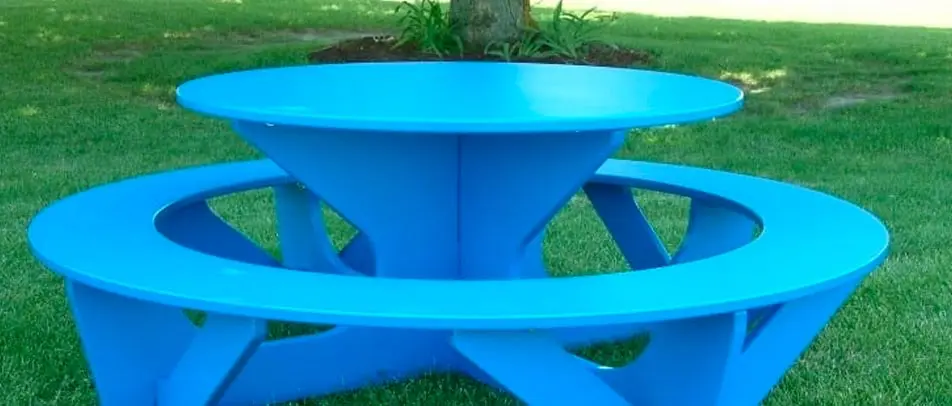

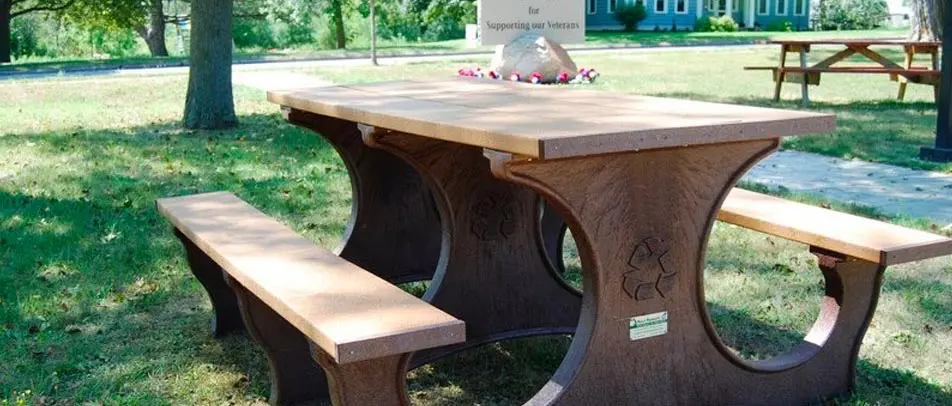


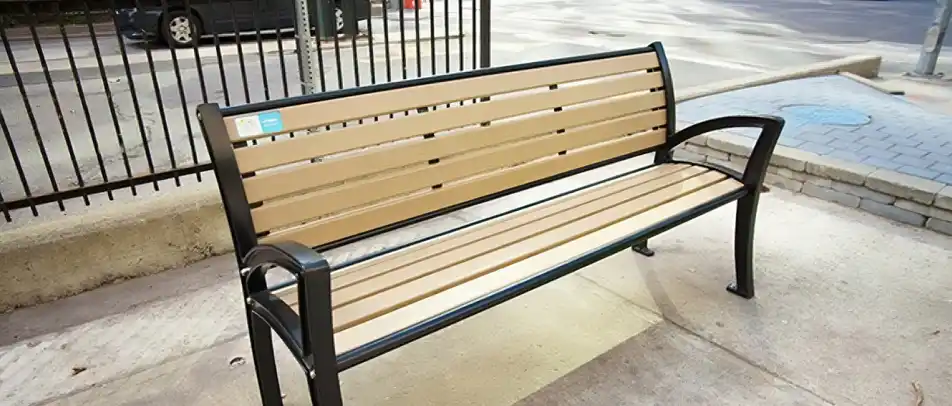

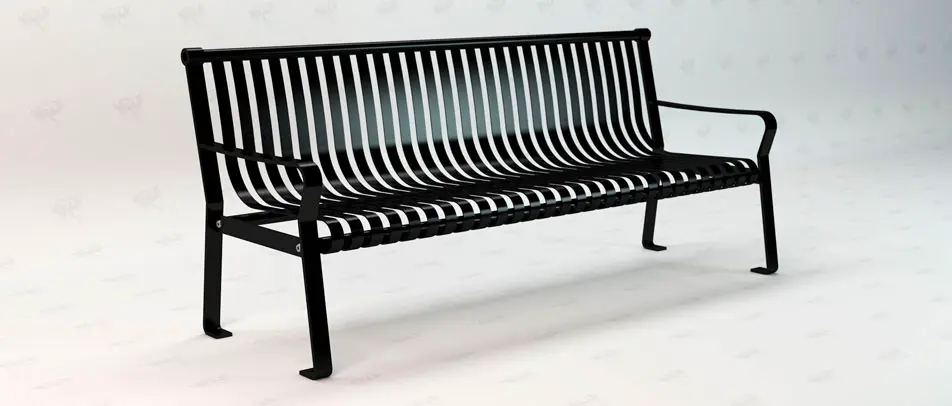
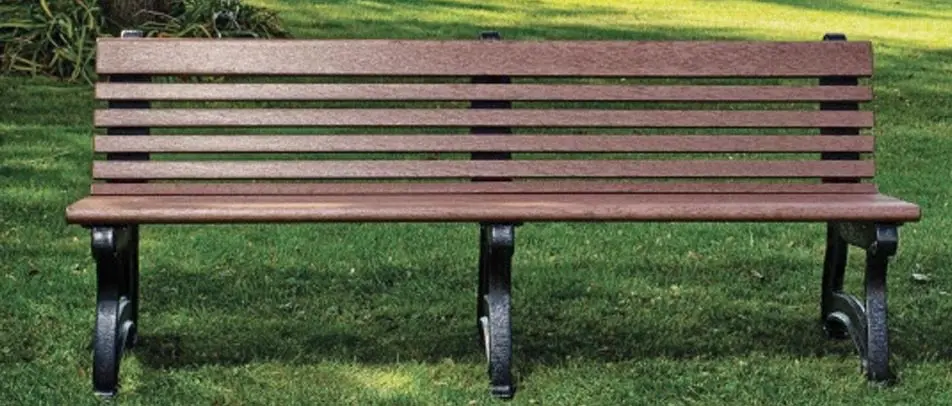
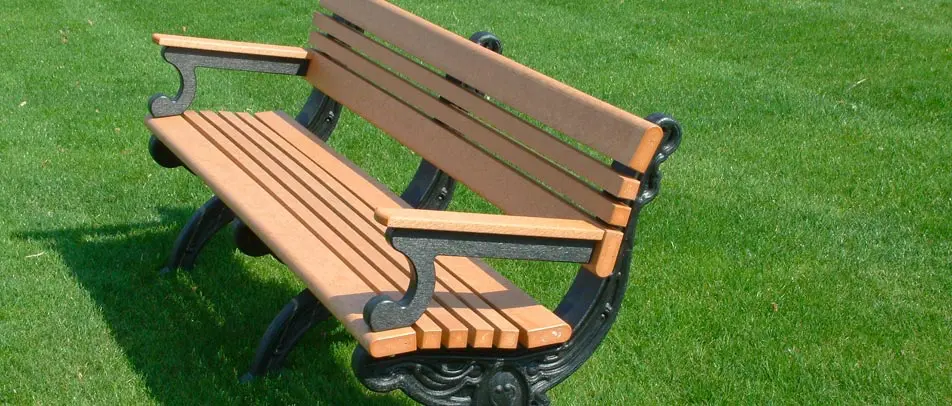
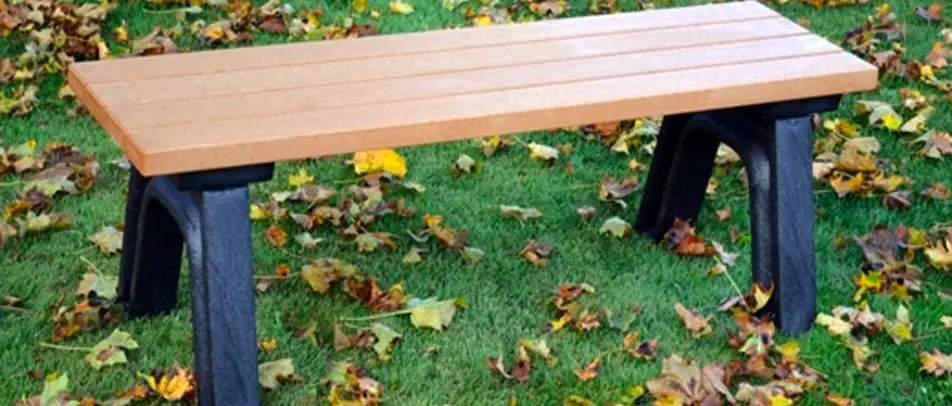
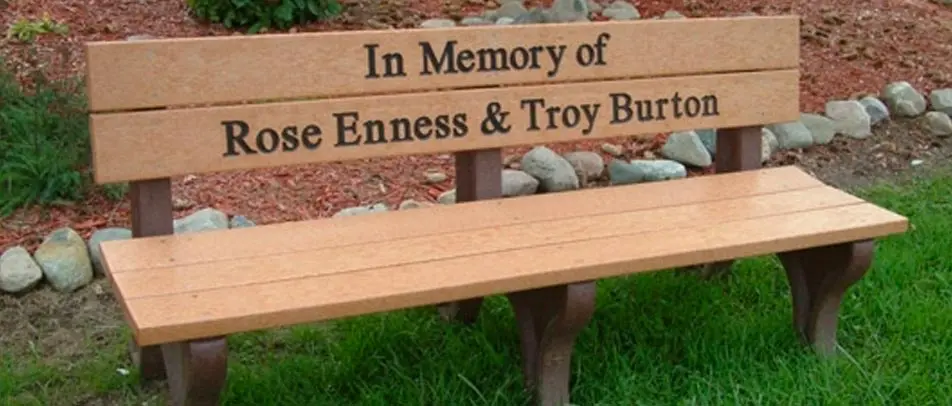



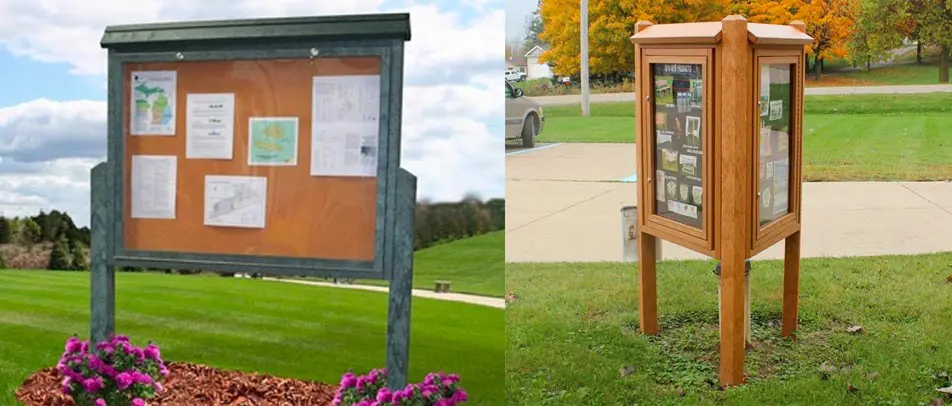
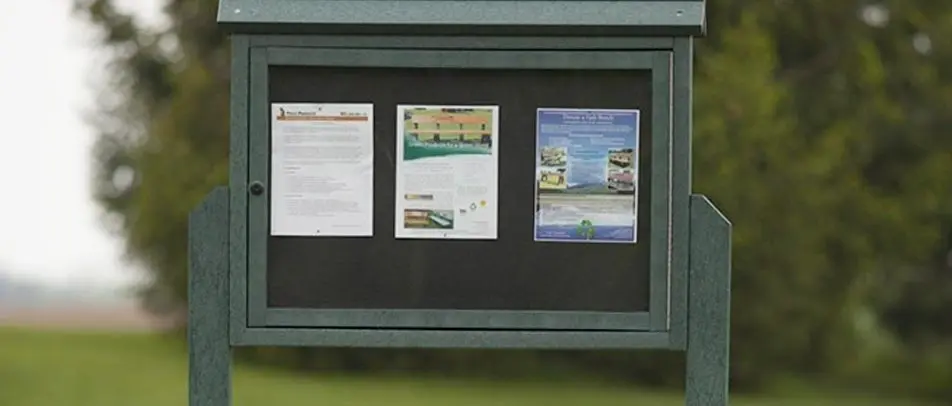
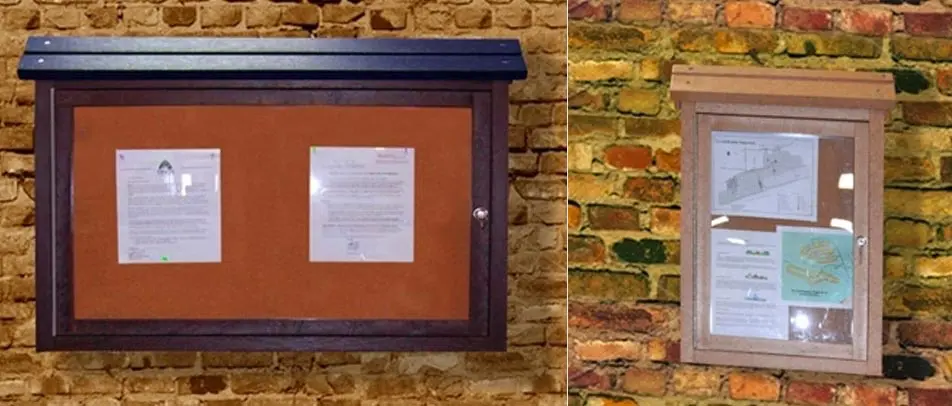


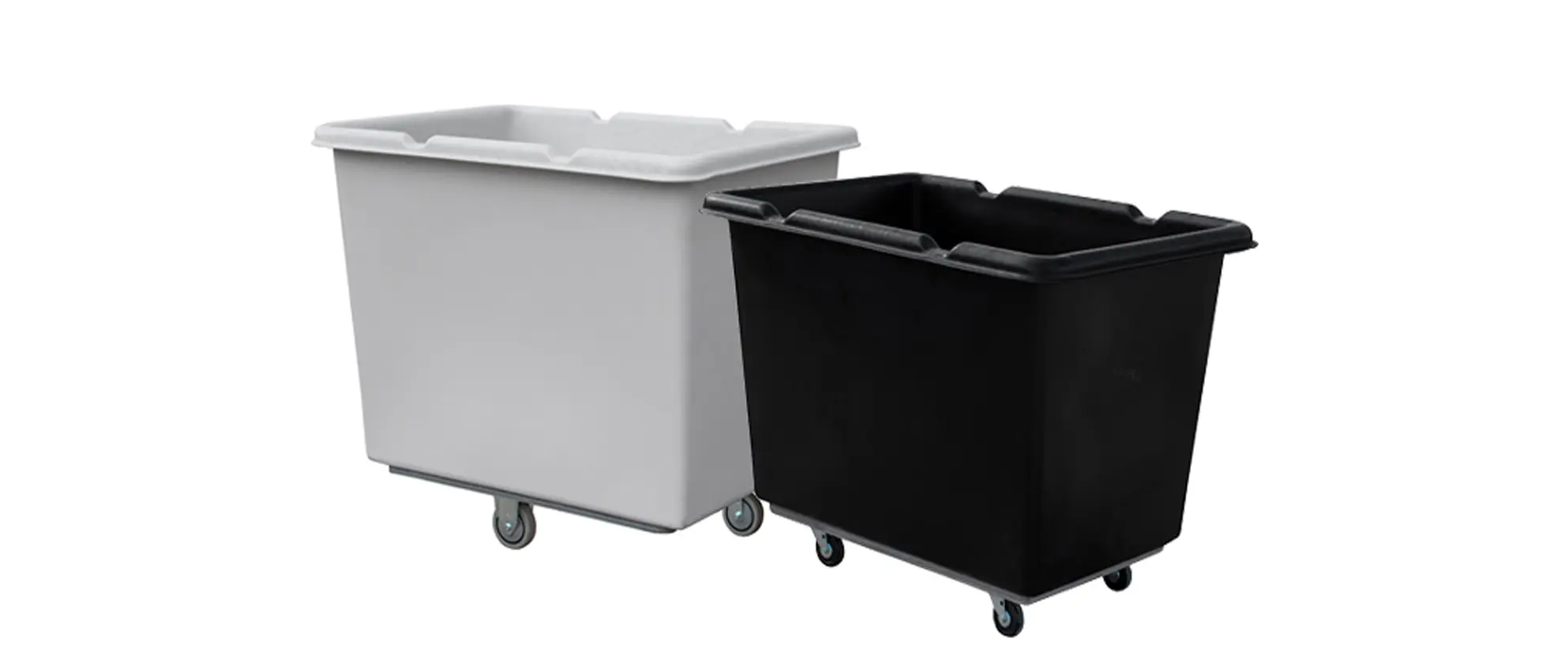




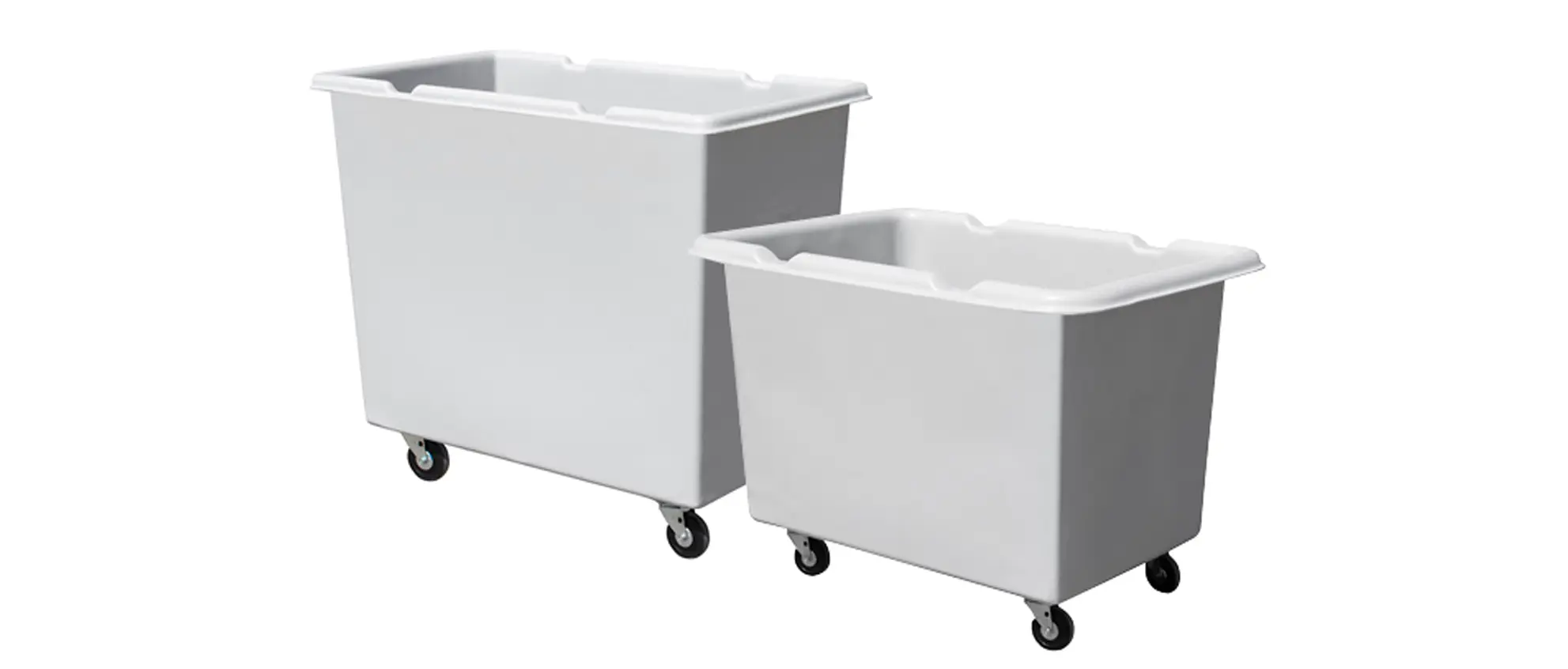


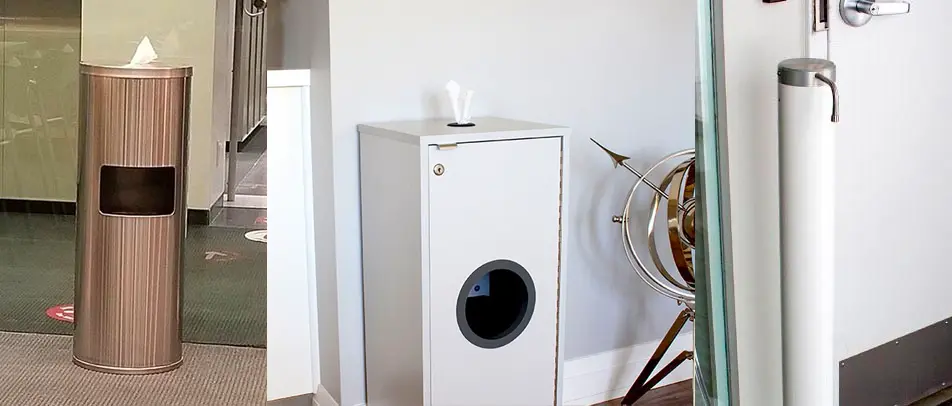
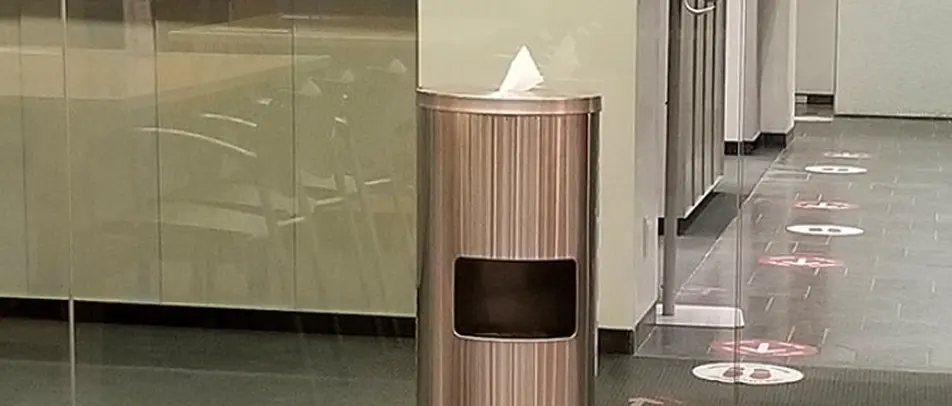
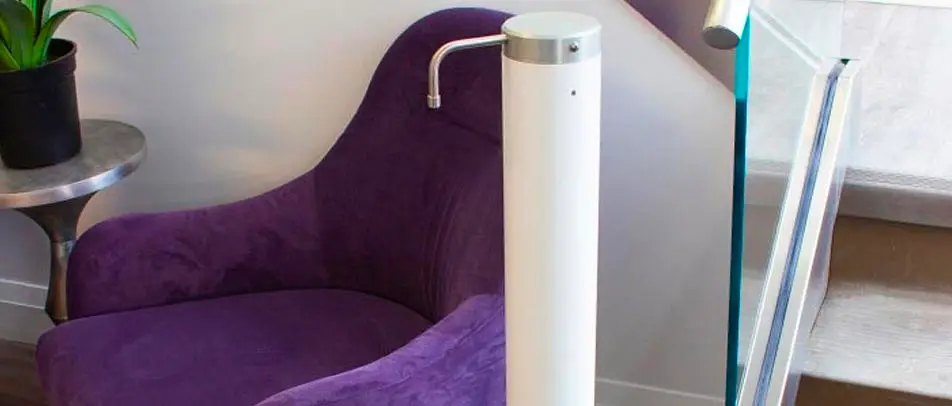

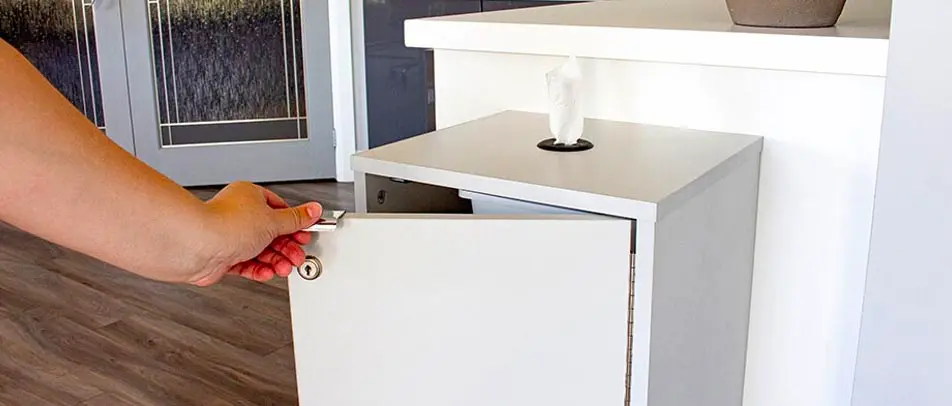
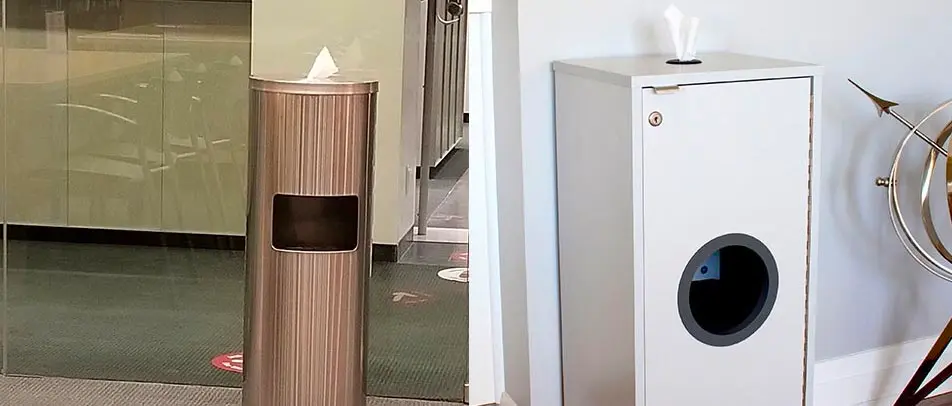


 Three Ways to Engage Teams and Clients to Maximize Your Recycling Program Engagement
Three Ways to Engage Teams and Clients to Maximize Your Recycling Program Engagement  How to Integrate Accessibility Into Your Sustainability Planning
How to Integrate Accessibility Into Your Sustainability Planning  Why Park Benches Can Promote Workplace Well-Being
Why Park Benches Can Promote Workplace Well-Being 
